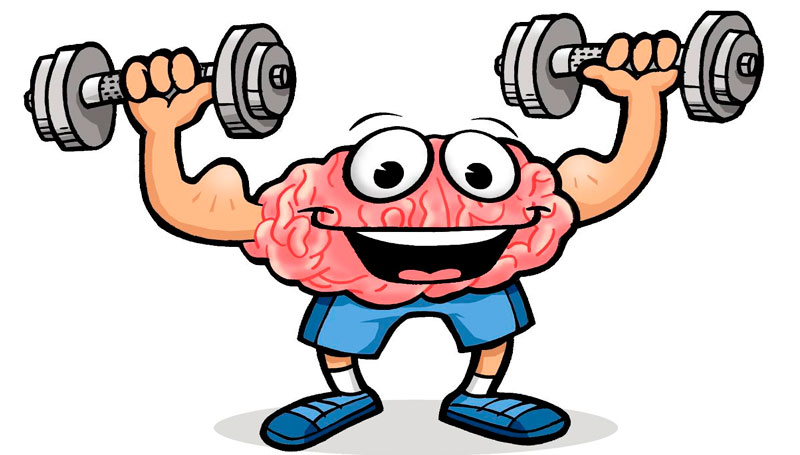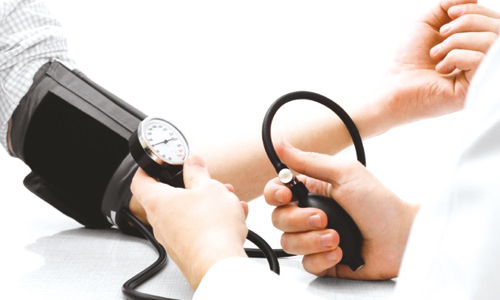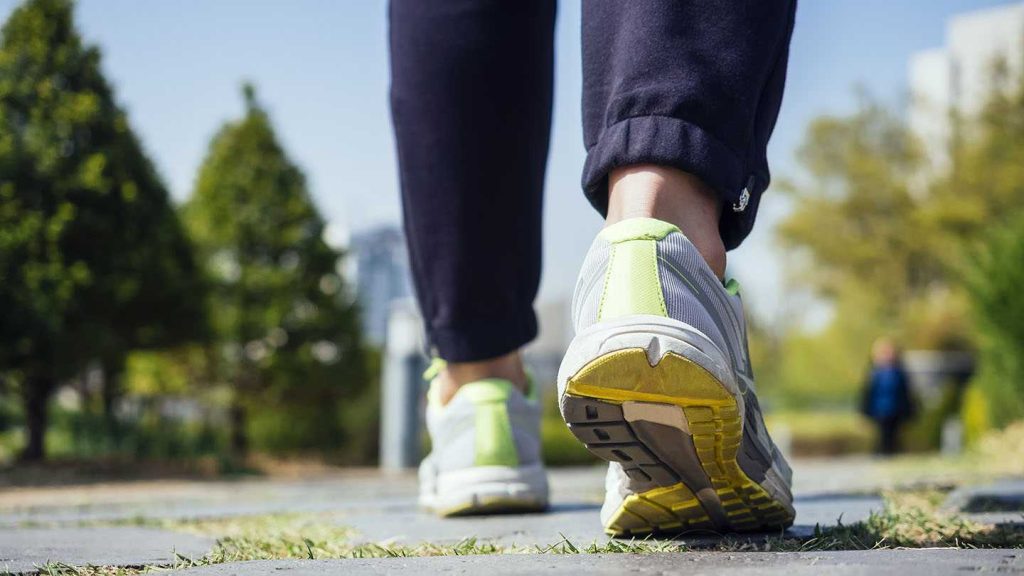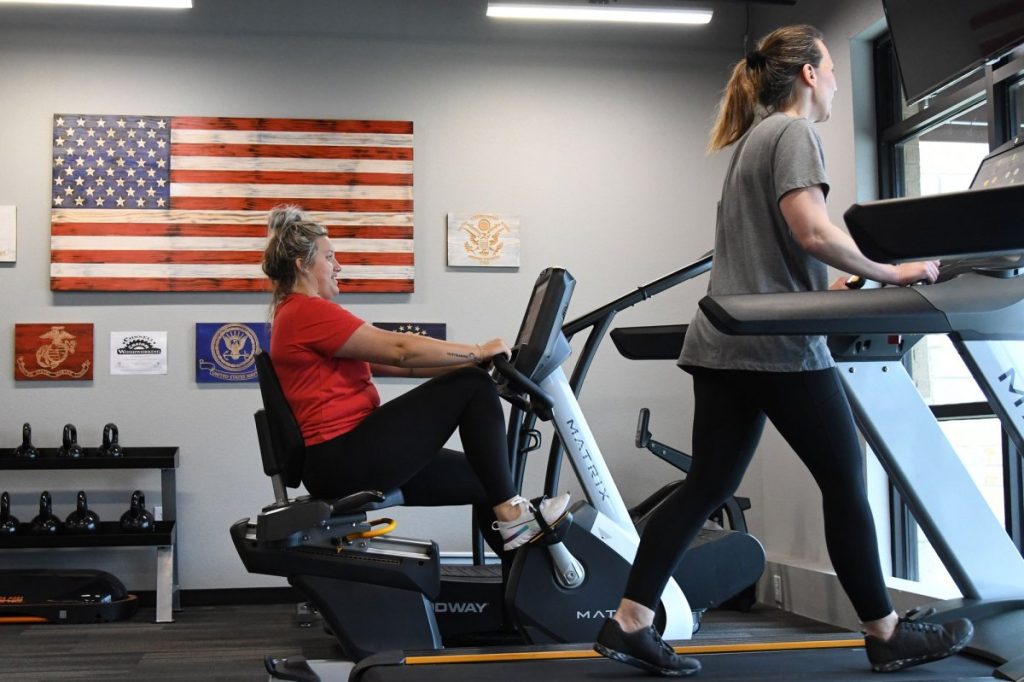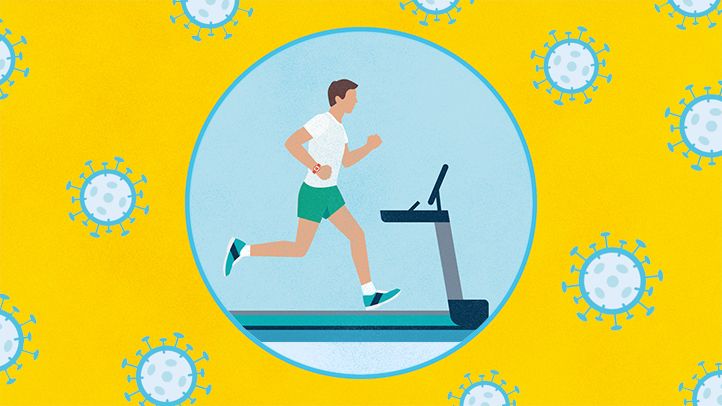Can activity snacking help people with type 1 diabetes?
Light-intensity, 3-minute walks every half-hour can help persons with type 1 diabetes maintain control of their blood sugar levels, according to research.
Sedentary lifestyles are linked to a higher risk of developing major illnesses, and they can make blood sugar management more challenging for those with type 1 diabetes.
While moderate- and high-intensity exercise can help people with type 1 diabetes, it can also cause sudden, dangerous drops in blood sugar levels.
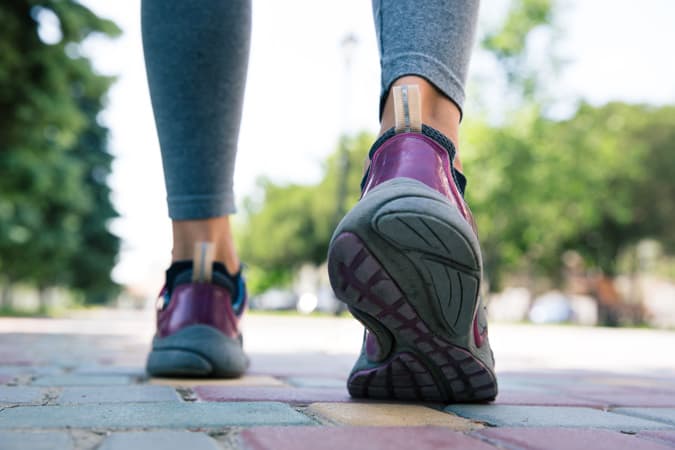
Long stretches of inactivity are thought to be bad for everyone. People with type 1 diabetes should pay particular attention to it because it is linked to the dysregulation of insulin levels. However, for those with type 1 diabetes, excessive activity can result in sharp drops in blood sugar levels.
With safe, brief periods of light-intensity walking, people with type 1 diabetes can maintain blood sugar control, according to a recent study from the University of Sunderland in the UK. This is what the writers refer to as “exercise snacks.”
According to the study, taking a 3-minute walk after every 30 minutes of sedentary activity helped individuals maintain control over their blood sugar levels better than those who were inactive.
The researchers also discovered that the individuals were not at risk for unexpected dips in blood glucose levels due to the brief walking breaks.
A balanced diet vs prolonged periods of sitting
32 persons with type 1 diabetes participated in the trial, which had two sessions spread over two weeks.
Participants in the first exercise sat still for 7 hours. In the second, they took a brief 3-minute stroll after getting up every 30 minutes.
Participants wore a continuous glucose monitor for 48 hours following each treatment. Researchers asked that individuals follow their usual insulin regimens and exercise levels during that time. Additionally, they shared a common breakfast and lunch.
After the brief walks, people maintained an average blood sugar level of 6.9 millimoles per litre (mmol/L), according to the researchers. After the prolonged sitdowns, their blood sugar levels were higher, 8.2 mmol/L.
Blood sugar levels remained within the desired range for 14% longer in participants who consumed exercise “snacks” than in those who did not over the course of 48 hours of monitoring, during, and after the test period.
Walking to stay healthy
Dr. Sumera Ahmed, an assistant professor at Touro University California’s College of Osteopathic Medicine who was not involved in the study, said, “This study is interesting.”
“[I]t is encouraging to know that even frequent, low-intensity, short-duration exercises can aid in extending a person’s time in range who has type 1 diabetes. The prevention of hypoglycemia is more crucial, she said.
Dr. Ahmed further emphasized that people should find it simple to incorporate the study’s little strolls into their regular routines.
She also believed that the activity snacks’ mild effects would make it less likely that they would need to adjust their insulin dosages or carbohydrate intake, as could be necessary with more intense exercise.
Although the study’s seven-hour sessions, which included 14 brief walks, were appropriate for a trial, that is a lot of strolling for a typical day.
Anything more frequent than this may not be realistic or sustainable, according to Dr. Ahmed. “We need further studies to determine if the frequency of light intensity activities beyond the 30 minutes as noted in this study is beneficial,” he added.
Dr. Ana Maria Kausel, an endocrinologist who was also not a part of the study, stated: “I normally advise my patients to take a stroll after meals. Depending on the effort, some studies have indicated that those who walk a block can reduce their blood sugar by 10 mg/dl [7.2 mmol/L] of glucose.
This study shows that low-intensity walks can maintain normal blood sugar levels and are safer than walks of higher intensity.
Exercise and type 1 diabetes: Use caution
Dr. Ahmad noted that the type, intensity, timing, and duration of exercise all affect how persons with type 1 diabetes respond to physical activity in terms of blood glucose levels.
Therefore, she suggested, these people need to eat more carbohydrates or have their insulin doses adjusted before beginning an exercise programme.
Additionally, Dr. Kausel issued a warning: “Type 1 diabetics are especially sensitive to exercise. When engaging in physical activity, they must always exercise caution. All type 1 diabetics should ideally be wearing a continuous glucose monitor when working out.”
Less time spent seated
32 individuals in the study underwent two seven-hour sitting periods spread out over a two-week period.
Participants in one session sat still for the entire seven hours. Every 30 minutes during the other session, they had three-minute breaks from sitting to move around lightly.
Throughout and following each sitting session, participants wore a continuous glucose monitor (CGM) to monitor their blood sugar levels over the course of 48 hours. Everyone had a set breakfast and lunch, and they were instructed to maintain the same dietary regimen, level of physical activity, and insulin dosages throughout the trial.
What occurs in diabetes type 1?
An individual with type 1 diabetes has insufficient insulin production from their pancreas. A hormone called insulin permits glucose, often known as sugar, to enter the body’s cells, where it is used as a source of energy.
Without enough insulin, blood sugar levels rise and may eventually reach dangerous levels. Serious complications from type 1 diabetes, such as eye and foot issues, heart disease, stroke, kidney disease, and nerve damage, can develop if it is not addressed.
There is no known cure for type 1 diabetes, and with time, the pancreas’ capacity to generate insulin continues to deteriorate even more. Pancreatic islet transplantation, which might be able to swap out low-functioning islets with new ones from a healthy donor, is one of the treatments under investigation.
Those who have type 1 diabetes must take many doses of insulin daily and check their blood sugar levels to keep them within acceptable limits.
Hypoglycemia is the everyday main concern. Hypoglycemia symptoms include trembling, shakiness, rapid heartbeat, headaches, nausea, hunger, nervousness or irritability, restless sleep, weakness, and pale complexion.
Losing consciousness and entering a hypoglycemic coma are the worst possible outcomes for people with dangerously low blood sugar levels.
REFERENCES:
- https://www.medicalnewstoday.com/articles/activity-snacks-could-lower-blood-sugar-complication-risk-in-type-1-diabetes
- https://www.wionews.com/entertainment/lifestyle/news-explained-what-is-activity-snacking-and-how-can-it-help-with-type-1-diabetes-585688
- https://www.diabetes.org.uk/about_us/news/activity-snacking-helps-people-type-1-diabetes-manage-blood-sugar-levels-new-study
- https://www.bbc.com/news/health-65349089
For Alzheimer’s disease medications that have been suggested by doctors worldwide are available here https://mygenericpharmacy.com/index.php?therapy=13
